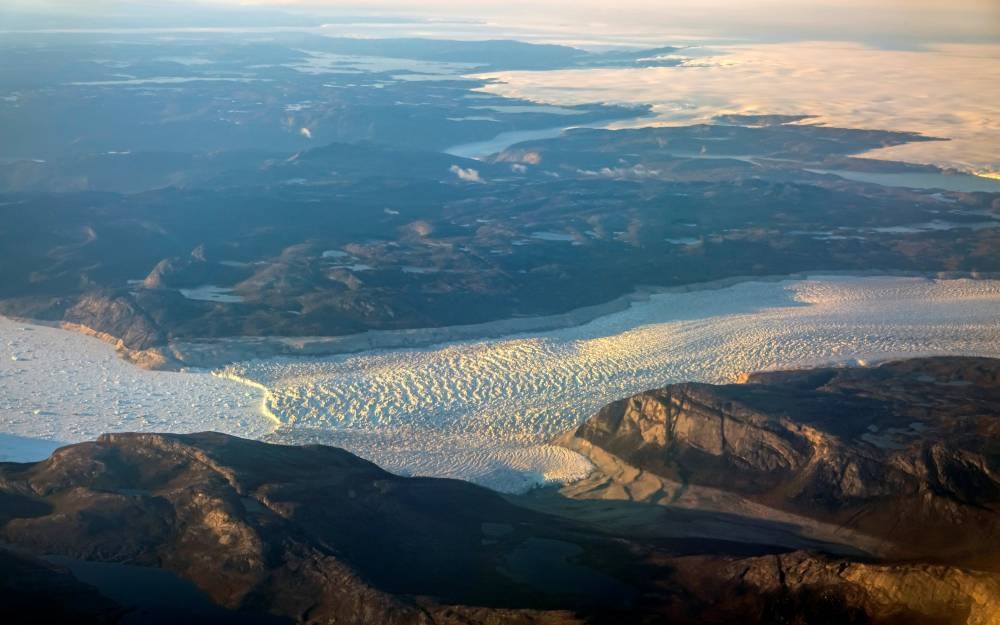The Greenland Ice Sheet lost 5,091 sq km (1930 sq miles) of area between 1985 and 2022, the first full ice-sheet wide estimate of area loss on that scale.
This shrinkage reflected the 1,034 gigatonnes (1.034 trillion kg.) of ice that have been lost as glaciers retreated, shedding ice through "calving" - when ice chunks break off from a glacier - at their terminating ends, according to a study in the journal Nature.
The study is also the first to fully estimate how much ice Greenland has lost due specifically to glacial retreat.
It suggests previous estimates of changes to the Greenland Ice Sheet's mass balance - how much snow and ice is accumulated each year versus how much is lost - undercounted those losses by as much as 20% by neglecting glacial retreat.
The lost 5,091 sq km represents an area about the size of the island nation of Trinidad and Tobago.
The study used more than 200,000 satellite and AI observations of glacier positions to analyze changes over time.
"In Greenland, we have these areas around the edges where everything is just kind of retreating and crumbling," an earth scientist at NASA's Jet Propulsion Laboratory Alex Gardner said.
"The previous methods weren't really that great at measuring that change in the ice sheet. But the change is huge," he added.
The Greenland Ice Sheet is one of the world's two remaining ice sheets, the other spanning the Antarctic continent.

